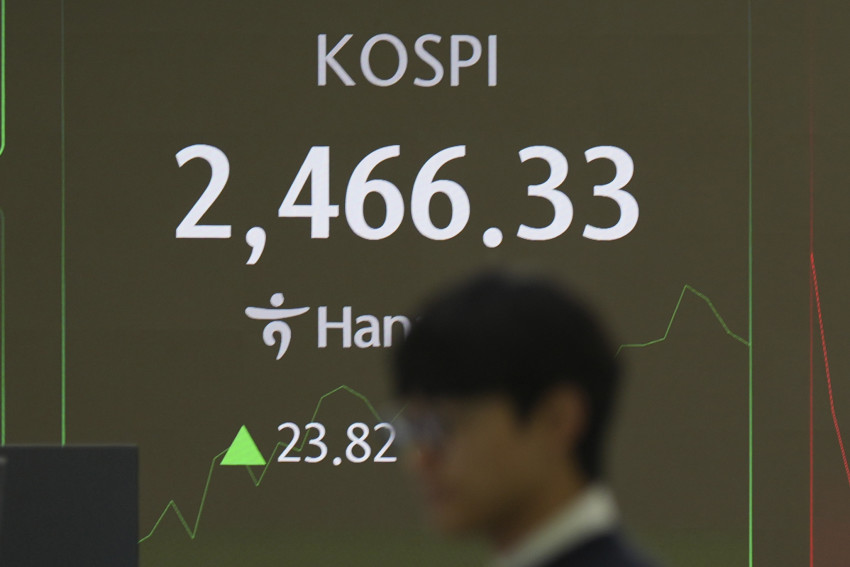Japan launches H2A rocket with reconnaissance satellite after delays

On Thursday, an H2A liquid-fuel rocket successfully launched from Tanegashima Island in Japan's Kagoshima Prefecture, carrying an information-gathering satellite, according to Mitsubishi Heavy Industries Ltd. This marked the 49th launch of the H2A rocket series. The launch, which took place at the Tanegashima Space Center, had been delayed twice earlier due to unfavorable weather conditions.
The satellite on board is a government reconnaissance satellite designed to monitor ground conditions from space. Its primary purposes include contributing to national security and providing crucial data for disaster management, such as assessing damage from large-scale natural disasters. These satellites play an important role in Japan's efforts to enhance its surveillance capabilities and disaster response mechanisms.
This successful launch highlights the ongoing collaboration between Mitsubishi Heavy Industries and the Japan Aerospace Exploration Agency (JAXA) in advancing Japan's space technology. The H2A rocket series, which has had a strong track record of reliability since its introduction, is nearing the end of its service life. Japan plans to launch one more H2A rocket before transitioning to the next-generation H3 rocket. Developed jointly by JAXA and Mitsubishi Heavy Industries, the H3 is expected to bring improvements in both cost-efficiency and launch flexibility, allowing Japan to maintain its competitiveness in the global space industry.
As the country prepares to move forward with its H3 rockets, this latest H2A launch underscores Japan’s commitment to leveraging space technology for national security, disaster management, and other critical functions, while also advancing its capabilities in space exploration and satellite deployment.













